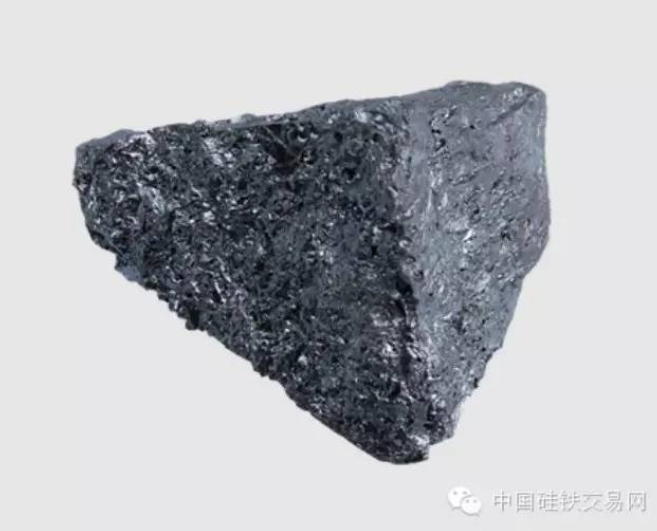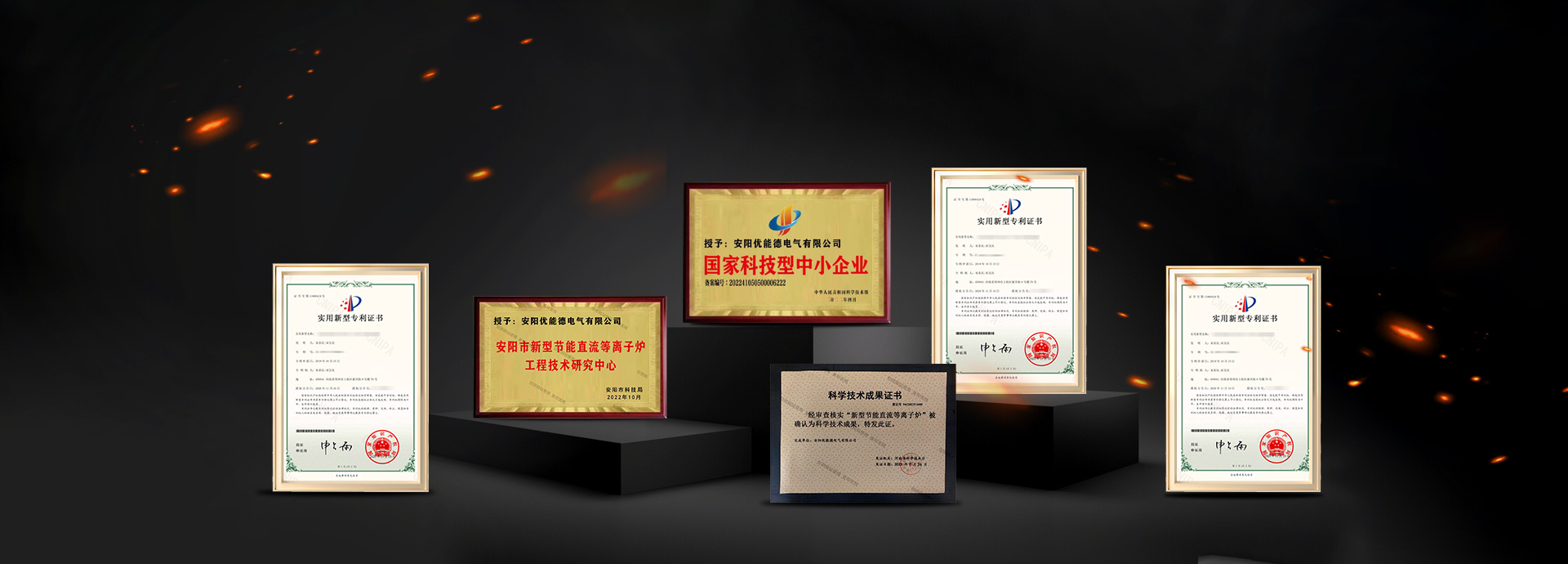What are the basic principles of ferrosilicon smelting and the role of carbon monoxide in the smelting reaction?
Update Time: 2022-03-08 Follow: 2945

98 ﹪. Silicon dioxide is very stable and has a strong affinity for oxygen, making it difficult to separate. In production, in order to separate and remove oxygen from silicon dioxide, carbon from coke is used to extract oxygen from carbon dioxide under high temperature conditions in a mineral thermal furnace. Moreover, the higher the temperature, the stronger the ability of carbon to extract oxygen. This is because under high temperature conditions, the binding ability of carbon to oxygen is greater than that of silicon to oxygen. It can be seen that with carbon at high temperatures, silicon dioxide becomes unstable. At this time, oxygen and carbon in silicon dioxide react to produce gaseous carbon monoxide, which escapes from the furnace through the material layer. After the oxygen in silicon dioxide is taken away by carbon, the remaining silicon forms ferrosilicon with iron. There is a certain amount of silicon and iron that form compounds, such asFeSi5,Fe2Si5,FeSia The reaction between silica and carbon is as follows:; SiO2+2C=Si+2CO The above equation is an endothermic reaction. From the reaction equation, it can be seen that in order to accelerate the reaction, the electrode should be inserted deeper into the furnace material to increase the furnace temperature and expand the crucible area. At the same time, the permeability of the material surface should be increased to allow carbon monoxide gas to escape as soon as possible. If measures such as piercing the ventilation holes and pounding the furnace are taken, they are all beneficial for accelerating the reaction between carbon dioxide and silicon, resulting in faster generation of ferrosilicon.
45 The electricity consumption of ferrosilicon is approximately4500~4800 The power consumption per kilogram of silicon is approximately11 Degree. Smelting per ton75 The electricity consumption of ferrosilicon is about8200~9000 The power consumption per kilogram of silicon is approximately12 Degree. The electricity consumption for smelting one ton of silicon is approximately12000~13000 Electricity consumption per kilogram of silicon is about13 Degree.
CaO ), Phosphorus pentoxide (P2O5 ) and aluminum oxide (Al2O3)AI2O3 The carbon is also reduced, with the vast majority of phosphorus pentoxide being reduced. The reactions are as follows:; CaO+C=Ca+CO ↑ P2O5+5C=2P+5CO ↑ AI2O3+3C=2AI+3CO The carbon monoxide gas generated in each reaction escapes from the furnace mouth, while other products such as calcium, aluminum, and phosphorus enter the silicon iron. Therefore, it is required to minimize impurities in the raw materials to ensure the quality of the silicon iron.
SiO230~40 ﹪; AI2O345~60 ﹪; CaO10~20 %. The melting point of this type of slag is approximately1600~1700 ℃. When the amount of slag is large, the power consumption increases, and at the same time, the sticky slag is difficult to remove from the furnace, causing deterioration of the furnace condition. Therefore, it is necessary to use better raw materials to reduce the amount of slag and lower the unit power consumption.


